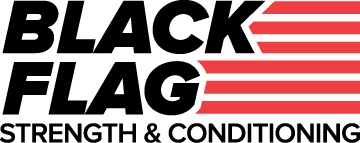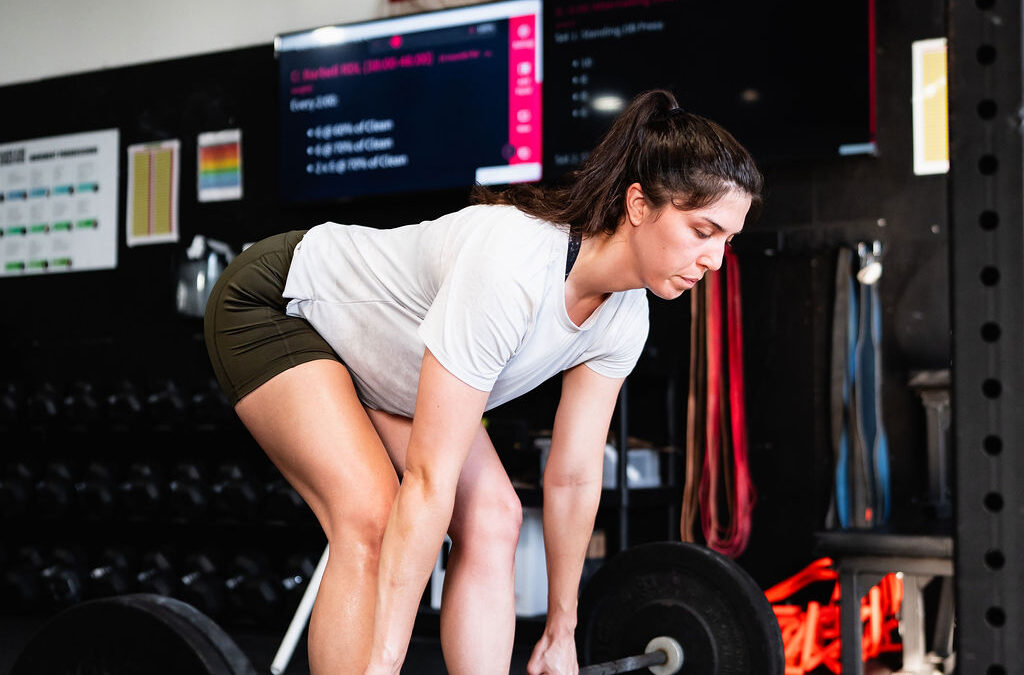When designing programs for the general fitness athlete—especially those who attend group classes consistently—it’s essential to critically examine not just how but why you structure your programming the way you do. On the surface, it might seem straightforward: write some workouts, add some lifting, mix in some conditioning, and call it a day. But when you step back and consider the bigger picture, building a truly comprehensive fitness program over the course of a year (and a lifetime) is far more complex.
Over the past 30 years, I’ve used a combination of education, experience—and plenty of mistakes—to program for nearly every kind of athlete and event: football, triathlons, HYROX, Tough Mudders, basketball, soccer, elite CrossFit, Olympic weightlifting, and everything in between. But the most challenging (and most rewarding) endeavor has been creating sustainable, long-term training programs for general fitness, health, and wellness.
This type of programming isn’t about following one rigid system. It’s a nuanced, symbiotic blend of methods that enhances multiple performance markers simultaneously. And yes, it is possible—when the programming has clearly defined terms, broad intent, and doesn’t blindly adhere to any single training methodology.
One of the biggest fallacies in the fitness industry is the belief that one area of fitness must suffer in order to improve another. While this might occasionally be true for competitive athletes with tight timeframes and specific peaking demands, general population fitness allows us the luxury of time. We have the opportunity to develop all aspects of human performance within a thoughtful, intentional framework.
The key is vision—training with intention that goes beyond arbitrary definitions of fitness and prioritizes all meaningful components of development. Cultivating this mindset as a programmer is critical for long-term success. It creates a training structure that values more than traditional metrics like one-rep maxes or how fast someone can finish a workout.
Why General Fitness Programming Is More Challenging (and More Important)
In my experience, it’s far more challenging to create a well-balanced program that incorporates strength, power, aerobic and anaerobic conditioning and critical elements like mobility, stability, body awareness, multi-planar movement, and fundamental human movement patterns. Each of these must be trained with intelligent progression over time, along with planned deloads and recovery phases to avoid burnout, overreaching, or injury.
Programming for an event (e.g., marathon, CrossFit competition, race) is often simpler in comparison. With a clear deadline and singular objective, it’s easy to reverse-engineer a plan with a defined peak. But general fitness has no finish line. Most people want to train year-round—52 weeks a year, year after year.
That’s the challenge: How do you write a program with no defined endpoint, one that fosters sustainable, balanced progress across an entire training lifespan?
This is where programming must shift to a long-term lens. We’re not just writing for today—we’re writing for the next week, the next three months, and the next three years. The question every coach should ask is: Will this program allow our members to train consistently and safely three days from now? Three weeks? Three months?
If our goal is to improve quality of life and long-term wellness, then our programming must reflect that. A mindset rooted in constant intensity and high stress is not sustainable. Instead, we must remove the obsession with performance peaks and embrace year-round, high-functioning general fitness—evolving from where we’ve been and laying the foundation for where we want to go.
The True Markers of Long-Term Health & Fitness
To move beyond traditional metrics and performance goals, we must evaluate the qualities that actually improve quality of life—especially as we age. Here are the most important pillars, supported by science:
- Strength Development
A sufficient base level of strength is one of the most important predictors of long-term health and functional independence. Strength isn’t just about lifting heavy—it’s about being capable: standing up from a chair, carrying groceries, or getting up off the floor without assistance.
A 2010 British Medical Journal study found that low muscle strength is independently associated with increased all-cause mortality, particularly in older adults. Strength training also enhances bone mineral density (BMD), supports joint health, improves insulin sensitivity, and promotes neuromuscular coordination.
✅ Train for relative strength, functional movement quality, and movement through full ranges of motion—not just PRs.
- High VO₂ Max (Aerobic Capacity)
VO₂ max, or maximal oxygen uptake, is one of the strongest biomarkers for cardiovascular health and longevity. Higher VO₂ max levels equate to better work capacity, recovery, and overall energy levels.
A 2018 JAMA study found that higher cardiorespiratory fitness significantly lowered all-cause mortality risk—independent of age, sex, or health conditions. Aerobic training (such as zone 2, intervals, and tempo work) also improves mitochondrial health and metabolic flexibility.
✅ Include regular aerobic training in your program, not just high-intensity intervals.
- Muscle Quality and Quantity
Age-related muscle loss (sarcopenia) starts as early as our 30s. Maintaining lean muscle mass protects against metabolic dysfunction, improves glucose regulation, and prevents frailty. Muscle is also a powerful endocrine organ—it produces myokines that influence inflammation, immune function, and metabolic health.
But it’s not just about how much muscle you have. Muscle quality—fiber type, contraction speed, and neuromuscular efficiency—matters just as much.
✅ Train through tempo, control, and full ranges. Focus on muscle intent, not just loading.
- Mobility and Joint Integrity
Mobility is the active range of motion you can control. Without it, strength and power can’t be expressed safely. Preserving joint health through quality movement prevents degenerative issues and keeps people active and pain-free.
✅ Integrate daily mobility work, structured warm-ups, and full-body resistance training.
- Neuromuscular Efficiency and Balance
Balance, proprioception, and reaction time decline with age—but can be trained and retained. These qualities are essential for injury prevention and fall risk reduction.
✅ Use unilateral movements, balance drills, sleds, agility ladders, and reactive training.
- Cognitive Health and Neuroplasticity
Exercise—especially skill-based or coordination-heavy movement—increases BDNF (brain-derived neurotrophic factor), a protein that supports memory, learning, and mood. Movements that require focus and adaptation help build and preserve brain health.
✅ Incorporate new skills regularly: Olympic lifting, jump rope, coordination drills, sports, or dance.
- Recovery and Stress Regulation
Chronic stress and poor recovery interrupt hormonal balance, impair adaptation, and accelerate biological aging. Recovery is an active practice—not just rest days. It includes sleep, hydration, nutrition, and managing nervous system states.
✅ Prioritize sleep, breathwork, cold/heat therapy, and structured deload periods.
While it’s easy to get lost in writing daily and weekly workouts, the real art of programming lies in crafting a long-term structure that delivers meaningful, sustainable results. When done right, general fitness programming builds strength, endurance, power, mobility, coordination, and resilience—not just for the next six weeks, but for the next six decades.
Although there are challenging aspects, Fitness itself is not a challenge It’s not a sprint. It’s a lifelong pursuit.
When your program reflects that truth, it becomes a vehicle for long-term health, performance, and a higher quality of life—for everyone.
Yours In Fitness,
CSCS | CFL3 | Fitness Specialist | Biomechanics Specialist | USAWL1
“Take care of your body. It’s the only place you have to live.”
Owner/Head Coach – Black Flag Strength & Conditioning

